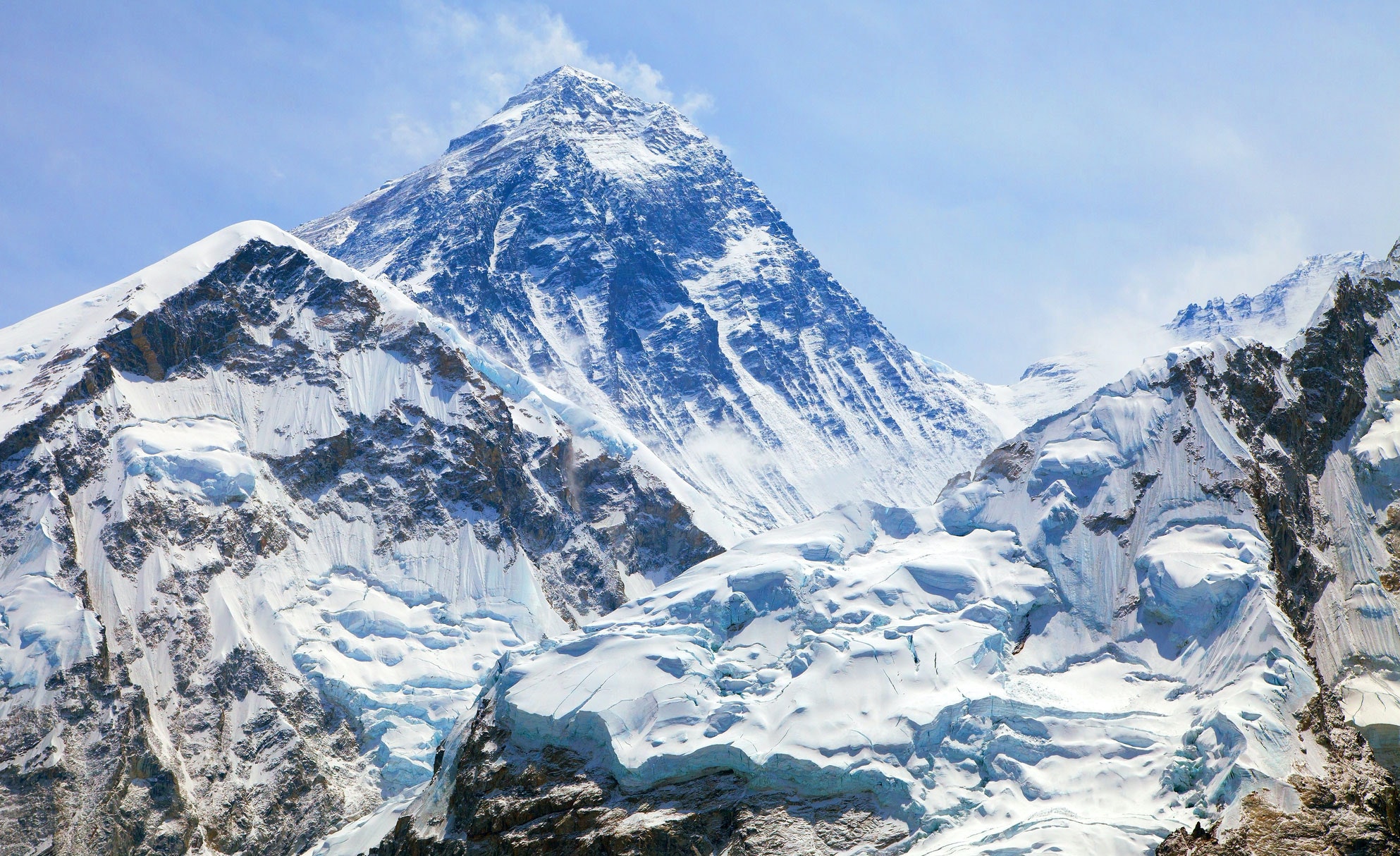Mount Everest, the towering giant of the Himalayas, has captured the imagination of adventurers, explorers, and nature enthusiasts for centuries. Beyond its breathtaking beauty, this majestic peak holds a trove of fascinating and mind-blowing facts that add layers of wonder to its grandeur. In this exploration, we unveil the remarkable details that make Mount Everest a truly awe-inspiring wonder of the world.
**1. The Highest Point on Earth
Reaching for the Sky
Fact: Mount Everest proudly claims the title of the world’s highest point above sea level, standing at an awe-inspiring elevation of 29,032 feet (8,848 meters). This iconic summit marks the pinnacle of Earth’s majestic landscapes.
**2. Named After a Surveyor General
A Tribute to Sir George Everest
Fact: The mountain is named after Sir George Everest, a Welsh surveyor general of India during the 19th century. Interestingly, the pronunciation of Everest’s name differs from the common pronunciation of the mountain, which is closer to “eve-rest.”
**3. Grows Taller Each Year
The Constantly Changing Summit
Fact: Mount Everest’s height is not static. Due to tectonic plate movements, the peak continues to rise at a rate of approximately 0.1575 inches (4 millimeters) each year. This perpetual growth adds to the ever-evolving nature of this colossal mountain.
**4. Home to the World’s Highest ATM
Banking in Thin Air
Fact: At an elevation of 17,600 feet (5,364 meters), Mount Everest boasts the world’s highest ATM. Installed by Nepal’s Mount Everest Bank in 2011, this peculiar cash machine assists climbers with financial transactions during their ascent.
**5. Challenges of the “Death Zone”
Extreme Conditions Above 26,247 Feet
Fact: The region above 26,247 feet (8,000 meters) on Mount Everest is famously known as the “Death Zone.” In this oxygen-deprived environment, climbers face severe challenges, including reduced oxygen levels, extreme weather, and increased risk of altitude-related illnesses.
**6. The Yeti’s Enigmatic Abode
Legends of the Abominable Snowman
Fact: Mount Everest has long been associated with the mythical creature known as the Yeti or the Abominable Snowman. Folklore and alleged sightings have fueled the mystique surrounding this elusive Himalayan resident.
**7. First Conquered by Sir Edmund Hillary and Tenzing Norgay
Historic Triumph in 1953
Fact: The first successful ascent of Mount Everest occurred on May 29, 1953. Sir Edmund Hillary of New Zealand and Tenzing Norgay, a Sherpa of Nepal, achieved this historic feat as part of a British expedition led by Colonel John Hunt.
**8. Fluctuating Temperature Extremes
Weather Whiplash on the Summit
Fact: Mount Everest experiences extreme temperature variations. While temperatures at the summit can drop to an bone-chilling -76°F (-60°C) during winter, they can rise to a relatively mild -2°F (-19°C) during the summer months. Climbers must endure these temperature extremes during their ascent.
**9. A Haven for Unique Wildlife
Biodiversity in the Everest Region
Fact: Despite its extreme conditions, the Everest region is home to a variety of wildlife. The Sagarmatha National Park surrounding Everest shelters species such as the elusive snow leopard, red panda, and Himalayan tahr.
**10. Trash on the Summit
The Unseen Consequence of Climbing Fame
Fact: The summit of Mount Everest has unfortunately become a dumping ground for discarded climbing gear, oxygen cylinders, and other debris left by climbers. Efforts are underway to address the environmental impact and preserve the mountain’s pristine beauty.
Conclusion: A Peak of Wonders
In conclusion, Mount Everest stands not only as a physical marvel but as a repository of captivating facts that add depth to its allure. From its historic conquest to the challenges of the “Death Zone” and the enigmatic legends of the Yeti, Mount Everest continues to captivate the world with its mysteries and wonders.

